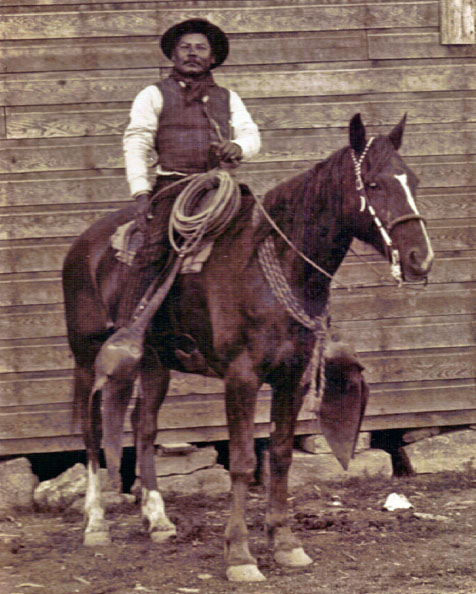Tenants, Sharecroppers, and Migrants.
Printed Page 472 Chapter Chronology
Tenants, Sharecroppers, and Migrants. In the post–Civil War period, as agriculture became a big business tied by the railroads to national and global markets, an increasing number of laborers worked land that they would never own. In the southern United States, farmers labored under particularly heavy burdens. The Civil War wiped out much of the region's capital, which had been invested in slaves, and crippled the plantation economy. Newly freed slaves rarely obtained land of their own and often ended up as farm laborers. "The colored folks stayed with the old boss man and farmed and worked on the plantations," a black Alabama sharecropper observed bitterly. "They were still slaves, but they were free slaves." Some freed people did manage to pull together enough resources to go west. In 1879, more than fifteen thousand black Exodusters, as the black settlers were known, moved from Mississippi and Louisiana to take up land in Kansas.

California's Mexican cowboys, or vaqueros, commanded decent wages throughout the Southwest. But by 1880, as the coming of the railroads ended the long cattle drives and as large feedlots began to replace the open range, the value of their skills declined. Many vaqueros ended up as migrant laborers, often on land their families had once owned. Similarly, in Texas, Tejanos (Mexican residents of Texas) found themselves displaced. After the heyday of cattle ranching ended in the late 1880s, cotton production rose in the southeastern regions of the state. Ranchers turned their pastures into sharecroppers' plots and hired displaced cowboys, most of them Mexicans, as seasonal laborers for as little as seventy-five cents a day, thereby creating a growing army of agricultural wageworkers.
Land monopoly and large-scale farming fostered tenancy and migratory labor on the West Coast. By the 1870s, less than 1 percent of California's population owned half the state's available agricultural land. The rigid economics of large-scale commercial agriculture and the seasonal nature of the crops spawned a ragged army of migratory agricultural laborers. Derisively labeled "blanket men" or "bindle stiffs," these transients worked the fields in the growing season and wintered in the flophouses of San Francisco. After passage of the Chinese Exclusion Act of 1882, Mexicans, Filipinos, and Japanese immigrants filled the demand for migratory workers.